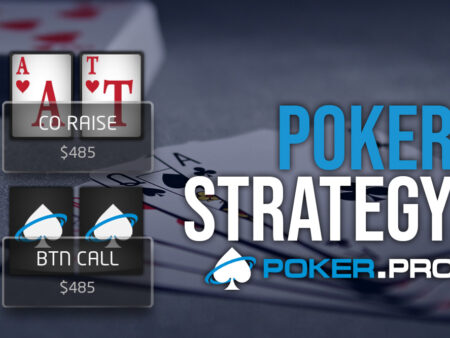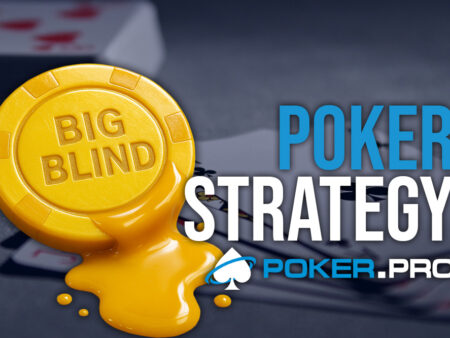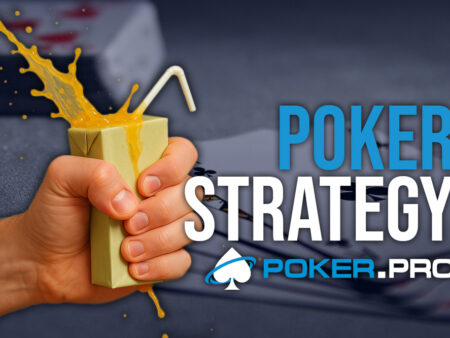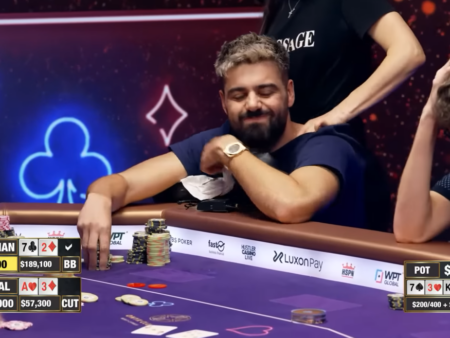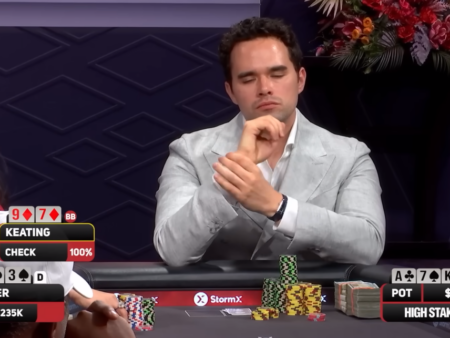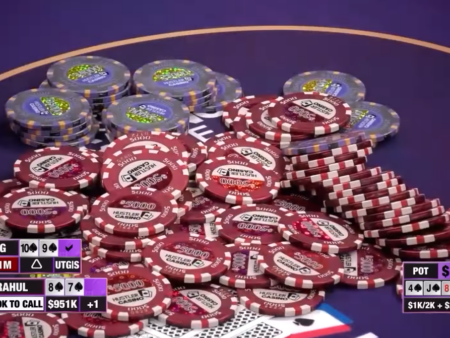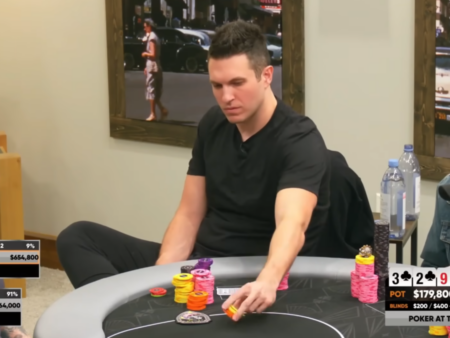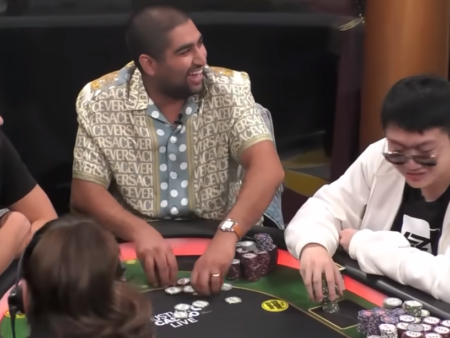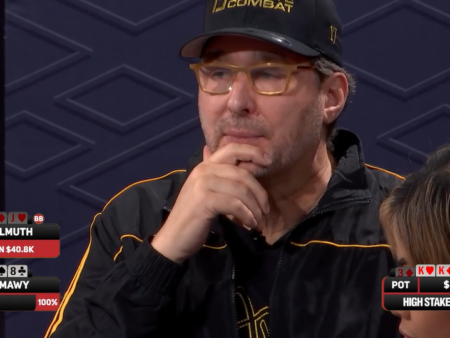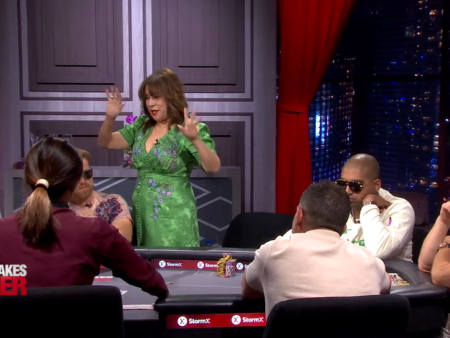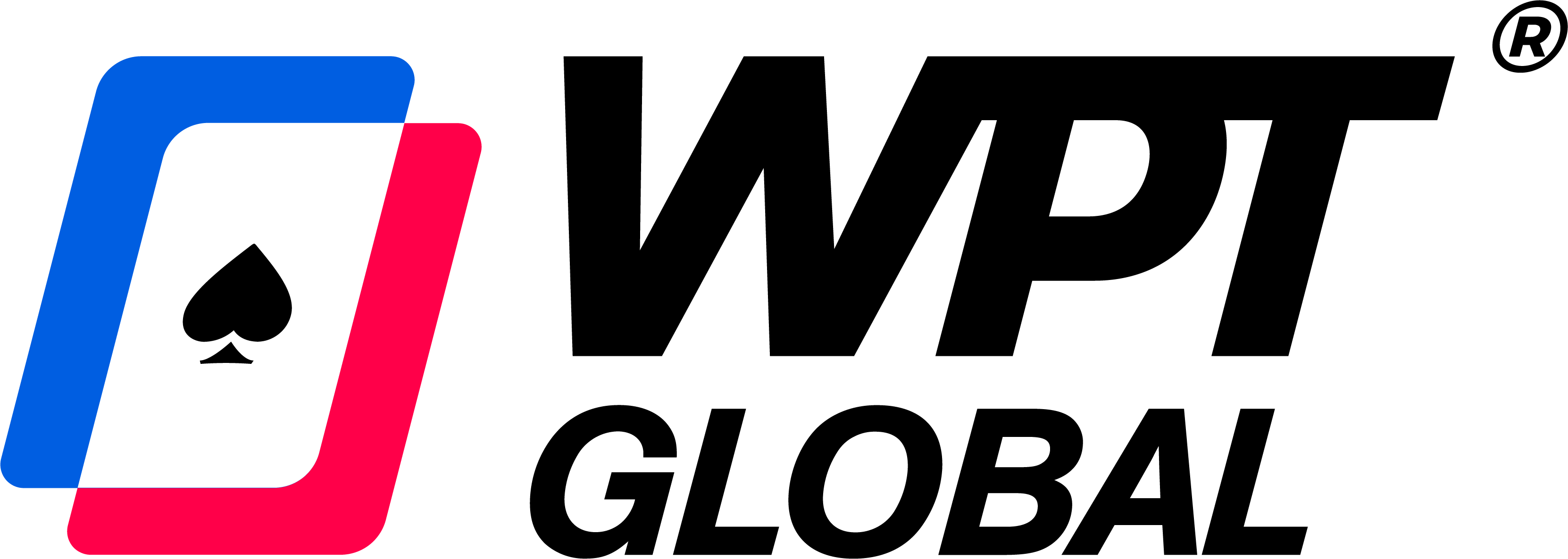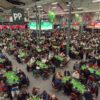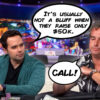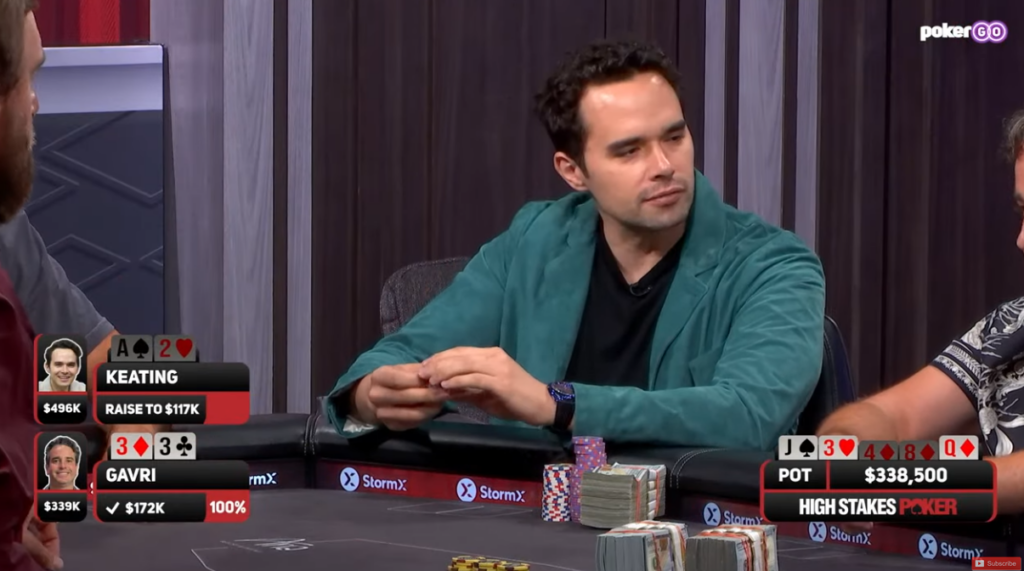
Alan Keating is an aggressive and entertaining player who can make many creative moves, but this time, he got a little bit too creative. It is great to put the pressure on players, but if you are facing a decent semi-pro online level of a player or, even worse, a live regular who doesn’t like to fold strong hands whatever the board is, this was just a blunder.
Let’s try to break down the hand and see where Keating made a mistake, why exploitative talent for poker is not enough, and why theory is a must.
- Read more: Hand Breakdown: Jungleman’s Sick Bluff Catch with Seven-Deuce!
- Read more: Hand Breakdown: Alan Keating Crushes Peter’s Soul in a $911,000 Pot
Preflop
The hand starts with Gavri opening to $10,000 with 3♦3♣. The action folded to Keating in the straddle, who called with A♠2♥. The pot was $24,500. The preflop seems a bit wide from Keating, but considering there was a lot of money in the pot already, and he had decent pot odds, it’s okay.
The Flop Breakdown
The flop came J♠3♥4♦, and it should be a neutral flop for both players. Maybe Gavri can have a bit more sets of jacks and overpairs, so it’s slightly better for him as he has a range advantage, but their nut advantage is close to equal.
Having a bottom set, Gavri decided to bet, which is good as his hand is hard to detect; he unblocks the top pair and wants to start building the pot early. A call from Keating is not great as this will be one of the worst hands he has on this flop, and it would be very hard for his hand to realize its equity by calling, but if he raised, he might get some folds, and/or make some of his opponent’s hands check back the turn. The pot was $44,500.
The Turn Breakdown
The turn was 8♦, which made the board wet and might have made Gavri more nervous about the river runout. So he bet on the bigger side ($30,000), which is good for extracting maximum value from Jx hands or hopeful draws while also making the river SPR (stack-to-pot-ratio) around one, making the river shove natural and forcing Keating to call his potential Jx hands on a clean runout. Keating called. The pot was $104,500.
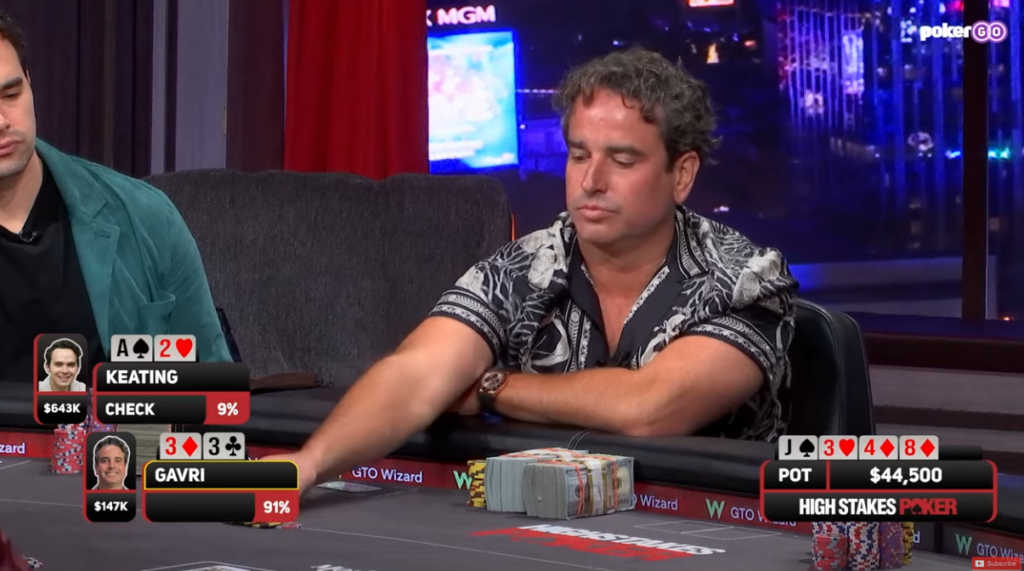
The River Breakdown
The river hit Q♦, which is not ideal for Gavri as the third diamond came, and the queen may scare some Jx calls. Gavri made a mistake betting just $67,000 and leaving $50,000 behind as he was targeting Jx hands, which would still have to call a shove if the player doesn’t want to get exploited. There were also other two pairs, queen-ten and queen-nine hands, that would have to call.
If we consider the player type of Keating, who loves to make hero calls, the sizing Gavri used is just a blunder, and it’s missing tons of value. Fortunately for him, Keating got a creative idea to make a bluff and shoved for an additional $50,000, making it look like he could never bluff in that spot as Gavri is pot-committed. What Keating didn’t know is that MDF (minimal defense frequency) for Gavri is 71 percent, meaning that he can only fold the worst 29 percent of the hands he has in that spot, which would only include complete air bluffs or weak pair turned into the bluff. If we consider that most of the players will naturally miss some hidden bluffs or won’t bluff enough with low showdown value, this is an even worse exploit for Keating.
Gavri is not thrilled to call, but he knew he couldn’t fold this strong of a hand and made the correct call, winning the pot of $338,500. Keating was not happy and just said, “It’s usually not a bluff when they only raise for 50k.” Yeah, it is usually a call when you have a set and you need to call something except nut flush, Keating.
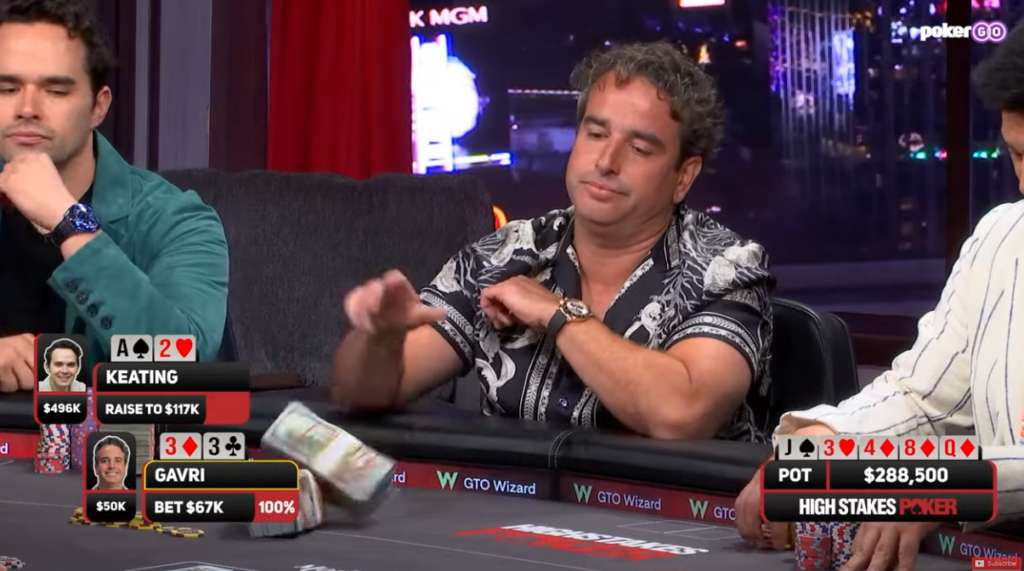
Just by listening to this comment, we can clearly say that this is a High Stakes Poker show, not a high-level poker game.
Lesson: Learn about minimum defense frequency if you are going to play high-stakes poker on TV or if you are serious about poker in any way.



